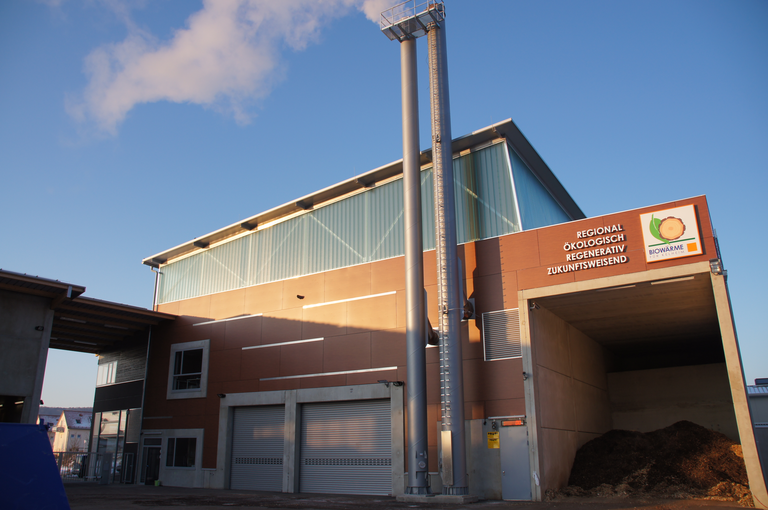Description
The existing district heating supply in the north of Kelheim - with connections to the north school, building yard, fire department, Goldbergklinik and the Schäfflerstraße shopping street - showed efficiency deficits due to high return temperatures. This is because low return flow values are crucial for:
- lower heat losses
- lower electricity costs
- improved efficiency in the biomass CHP plant ("Am Kastlacker") and in the power plant
The connection to the new ORC biomass power plant has created changed hydraulic conditions - the perfect prerequisite for leveraging efficiency potential in a targeted manner.
🔧 Our consulting and planning concept:
- Measurement of the existing network, incl. Actual return temperatures
- Development of technical measures for reduction (buffer design, hydraulic redirection, network pump and MCR optimization)
- Investment and amortization calculation for each measure
- Concrete recommendations for action with proof of cost-effectiveness - tailored to long-term operational reliability
💡 Why we are strengthening the project:
- Bringing eco-systems up to efficiency: Our focus is on getting the most out of sustainable energy systems.
- Technical precision: For us, return flow temperature analysis is more than just measurement - it is a lever for system health.
- Transparency for decision-makers: We provide clear cost-benefit comparisons - including investment security.
- Sustainable impact: Conservation of resources, cost reduction and increasing system efficiency as a direct benefit for municipal utilities and customers.
Conclusion: With the return temperature strategy, we are making the "Schäfflerstraße" district heating network fit for renewable heat - efficiently, clearly and effectively. At Gammel Engineering, we see technology as a lever for real sustainability.
